No products in the cart.
NEWS
A Comprehensive Guide to Growing and Harvesting Bountiful Cucumbers
Growing your own cucumbers is a rewarding experience, offering crisp, refreshing fruits perfect for salads, snacks, and pickling right from your garden. Achieving a successful harvest requires understanding the specific needs of these vigorous vining plants. This guide, brought to you by the experts at Biogarden, will walk you through essential cucumber growing tips, from selecting the right variety and preparing your soil to essential care practices, troubleshooting common issues, and finally, mastering the art of cucumber harvesting. Whether you’re a seasoned gardener or just starting out, cultivating healthy, productive cucumber plants is well within reach with the right knowledge and care.
Getting Your Cucumbers Started
Success begins before you even plant a seed. Choosing the right cucumber variety for your climate and intended use (slicing, pickling, or burpless types) is crucial. Cucumbers thrive in warm weather and require a sunny location, ideally receiving at least 6-8 hours of direct sunlight daily.
Soil preparation is key to vigorous growth. Cucumbers prefer fertile, well-draining soil rich in organic matter. Incorporating compost or well-rotted manure before planting provides essential nutrients and improves soil structure. Aim for a slightly acidic to neutral soil pH (6.0-7.0). Consider using premium organic soil amendments available from Biogarden to give your plants the best possible start.
Planting for Growth
Cucumbers can be started from seed directly in the garden after the last frost or transplanted from seedlings started indoors. Direct sowing is often preferred as cucumbers dislike root disturbance. Sow seeds about 1 inch deep and 12-18 inches apart, depending on the variety (bush varieties may need less space). If planting multiple rows, space them 3-4 feet apart. For continuous harvest, succession planting every 2-3 weeks is recommended until about three months before the first expected frost.
For those with limited space, growing cucumbers in containers or grow bags is an excellent solution. Choose a large container (at least 5 gallons) to accommodate the root system and ensure good drainage. Biogarden offers suitable grow bags that promote healthy root development.
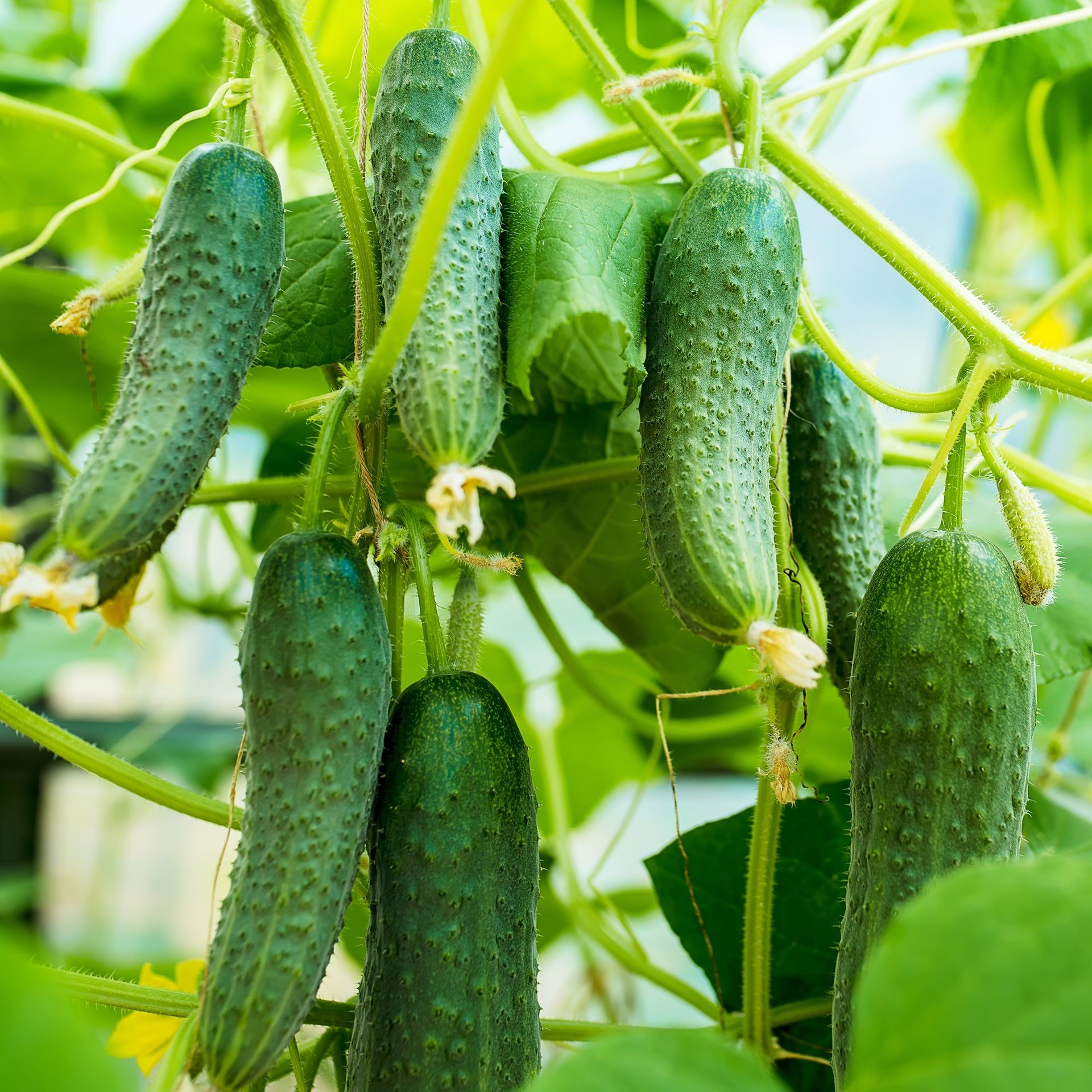 Cucumbers growing from vine
Cucumbers growing from vine
Essential Cucumber Care Practices
Consistent care is vital throughout the growing season. Cucumbers require plenty of moisture, especially when flowering and fruiting. Water deeply and regularly, aiming to keep the soil consistently moist but not waterlogged. Irregular watering can lead to problems like bitter fruit or misshapen cucumbers.
Feeding your cucumber plants supports their rapid growth and fruit production. Once vines begin to spread, apply a balanced liquid fertilizer every few weeks, or use a slow-release organic fertilizer incorporated into the soil at planting. Biogarden’s range of organic fertilizers can provide the nutrients your plants need.
Providing support for vining varieties is highly recommended. Trellising or growing cucumbers on a fence saves space, improves air circulation (reducing disease risk), and keeps the fruit off the ground, resulting in cleaner, straighter cucumbers. As the plant grows, gently guide the tendrils – the small, curly structures that help the vine climb – onto the support structure. These tendrils are natural and should not be removed, as they are essential for the plant’s climbing ability.
Pruning can help manage rampant growth and potentially increase yield, especially for vining types. Pruning involves removing suckers (side shoots) that emerge from the main stem below where the first fruits appear. This redirects energy towards the main vine and fruit production.
The Role of Pollination
For most cucumber varieties (monoecious types with separate male and female flowers), successful fruit set depends on pollination, usually by bees. Female flowers are identifiable by the small, immature fruit visible at the base of the flower. If natural pollination is insufficient, hand pollination can be necessary. Gently transfer pollen from a male flower (which lacks the immature fruit base) to the stigma of a female flower using a small brush or cotton swab.
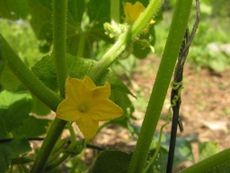 Close Up Of Cucumber Plant Vine
Close Up Of Cucumber Plant Vine
Troubleshooting Common Cucumber Problems
Even with the best care, cucumbers can encounter issues. Being able to identify and address them quickly is key to saving your harvest.
Pests and Diseases
Cucumber plants are susceptible to various pests and diseases. Common pests include cucumber beetles (which can spread bacterial wilt) and aphids. Diseases like bacterial wilt, cucumber mosaic virus (which can cause stunted growth and mottled leaves), and angular leaf spot (causing small, angular lesions on leaves) can severely impact plants.
Protecting your plants involves practices like crop rotation, removing infected plant material promptly, and using row covers early in the season to deter pests. For managing issues, consider organic pest and disease control solutions recommended by Biogarden.
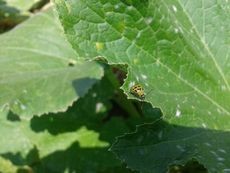 Bacterial Wilt On Cucumber Plant Leaf
Bacterial Wilt On Cucumber Plant Leaf
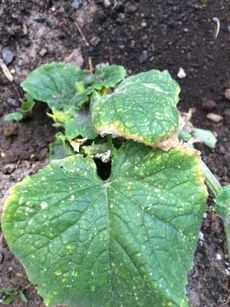 QA Pseudomonas syringae cucumber e1502820671492
QA Pseudomonas syringae cucumber e1502820671492
Physiological Issues
Sometimes, problems aren’t caused by pests or diseases but by growing conditions.
- Yellowing cucumbers: Often indicates the fruit is overripe or that the plant is under stress (like lack of water or nutrients). Some varieties are naturally yellow when mature, so know your variety.
- Bitter cucumbers: Caused by compounds called cucurbitacins, which are produced in response to stress such as inconsistent watering, poor soil, or temperature fluctuations. Consistent care minimizes bitterness.
- Misshaped cucumbers: Can result from poor pollination, insufficient water, or nutritional deficiencies.
- White cucumbers: While some varieties are bred to be white, if your green variety turns white, it could be due to environmental stress or potentially a viral issue.
Addressing these issues often involves correcting cultural practices – ensuring adequate water, proper fertilization, and good soil health.
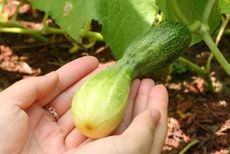 Hands Holding A Misshaped Cucumber
Hands Holding A Misshaped Cucumber
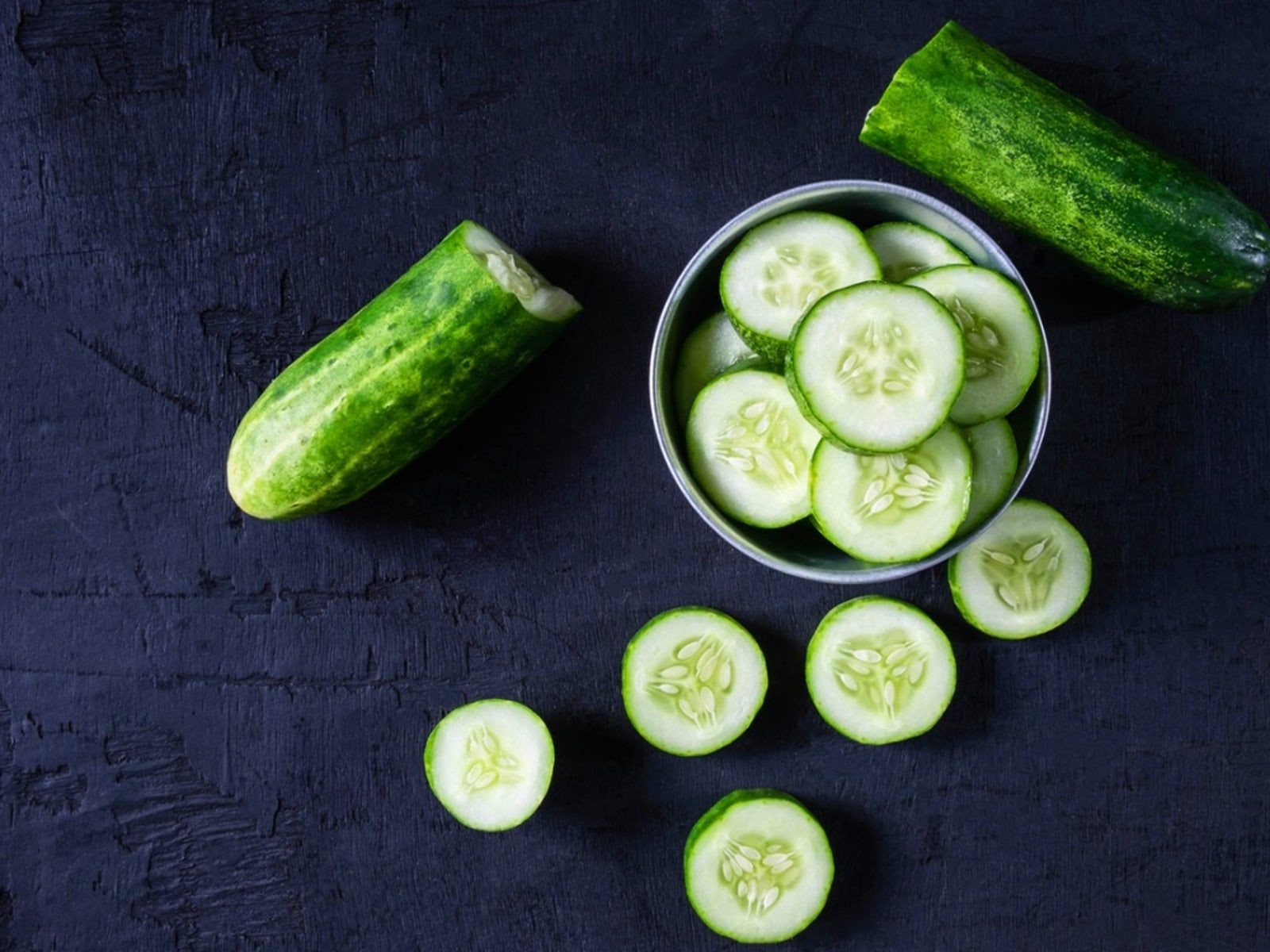 Bowl Of Sliced Cucumber Next To Cut In Half Cucumber
Bowl Of Sliced Cucumber Next To Cut In Half Cucumber
Harvesting Your Bountiful Cucumbers
Knowing when and how to harvest is crucial for the best flavor and to encourage the plant to produce more fruit. Most slicing cucumbers are ready 50-70 days after planting, while pickling types mature faster. Harvest cucumbers when they are young and tender, before seeds fully develop and skin toughens. Size varies by variety, but generally, pickling cucumbers are harvested at 3-5 inches, and slicing cucumbers at 6-8 inches.
Harvest frequently, ideally daily during peak season. This not only provides you with fresh cucumbers but also signals the plant to keep producing flowers and fruit. To harvest, use a sharp knife or pruners to cut the stem above the fruit, being careful not to damage the vine. Pulling the fruit off can injure the plant.
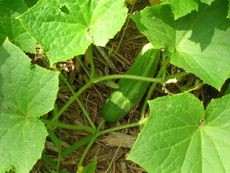 Cucumber Harvest: Learn When And How To Harvest Cucumbers
Cucumber Harvest: Learn When And How To Harvest Cucumbers
Preserving Your Bounty
If you have a prolific harvest, consider preserving your cucumbers. Pickling is a classic method, turning fresh cukes into tangy pickles. You can even grow specific herbs and spices for pickling, like dill and mustard seed. Dehydrating cucumbers is another option, creating dried slices that can be used in soups or snacks.
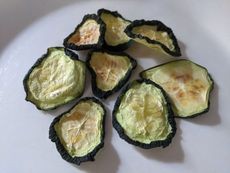 Plate Of Dehydrated Cucumbers
Plate Of Dehydrated Cucumbers
Conclusion
Growing cucumbers is a fulfilling endeavor that brings fresh, versatile produce straight to your table. By following these cucumber growing tips – from proper planting and consistent care to vigilant troubleshooting and timely cucumber harvesting – you can enjoy a season abundant with delicious fruit. Don’t be discouraged by occasional challenges; they are part of the gardening journey. With attention and the right approach, including potentially leveraging quality gardening support products from Biogarden, you’ll soon be reaping the rewards of your hard work. Get started today and taste the difference of homegrown goodness!



